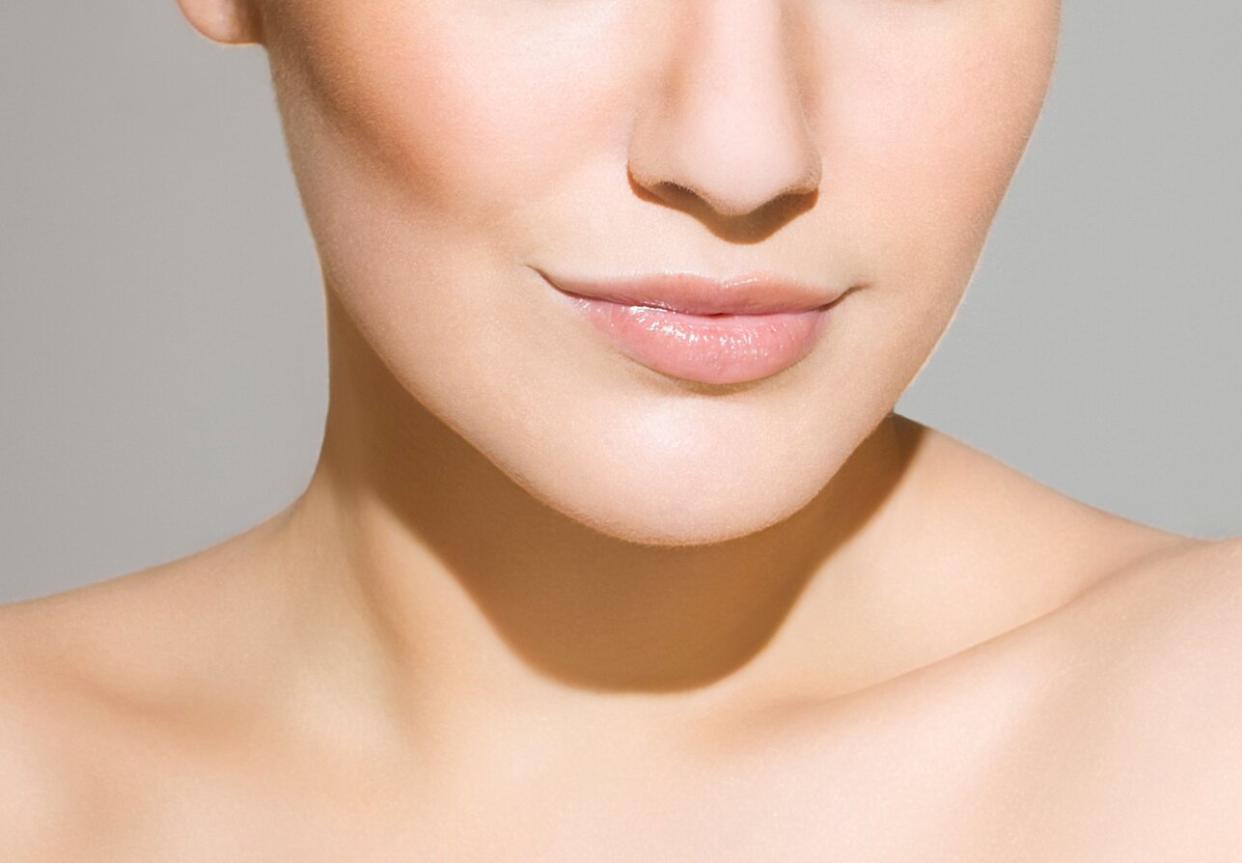Hyaluronic, Glycolic, Salicylic: Which Acid Is Right for Your Skin Type?

Getty Images
It wasn't so long ago that the idea of applying acid to your own skin—specifically your face—might sound like a completely wacky concept that nobody should willingly try. Fast forward to today and these potent ingredients have become an important part of skin care especially when it comes to approving your complexion’s texture. But to avoid looking like a tomato-face, knowing exactly what some of the most commonly found acids in your products actually do and how they’ll affect your skin, is the first—and necessary—step in avoiding unwanted irritation and reactions. Dr. Jeanine B. Downie, director of Image Dermatology in Montclair, N.J., spoke with InStyle to teach us what acids we should include in our skin care lineup based on skin type and issue.
Hyaluronic Acid
Hyaluronic is a natural acid found in our skin that helps keep our bodies hydrated. It just so happens it's also great for all skin types as a daily lightweight moisturizer. As we age, the amount of this acid in our bodies decreases and causes our complexion to become dehydrated. A hyaluronic acid-based moisturizer like SkinMedica HA5 Rejuvenating Hydrator ($178; skinmedica.com), will give skin a jolt of hydration and help keep both dehydrated and aging skin moisturized.
“We lose 50% of hyaluronic acid from our skin and joints by our mid-40s,” explains Dr. Downie. "This is very hydrating formula, but oil-free and can be used for face, neck, and hands. This technology harnesses potent antioxidants, is also anti- inflammatory, and improves barrier function.”
Glycolic Acid
If you’re fighting against signs of aging like fine lines and wrinkles, products with glycolic acid, a natural alpha hydroxy acid found in foods like sugar cane, can help slow down and minimize their appearance. This acid is also an effective ingredient that zaps zits. Dr. Downie recommends using an exfoliating cleanser—ideally with 15% glycolic acid—to prevent further signs of aging and unwanted breakouts. User beware: the acid is probably best for those with oily to combination skin since this acid can be irritating. Stumped on which to choose? The dermatologist particularly likes DERMAdoctor Wrinkle Revenge Antioxidant Enhanced Glycolic Acid Facial Cleanser ($32; sephora.com).
For a deeper exfoliation that sloughs off dead skin cells and clears skin, Dr. Downie recommends a facial peel with a much higher dose of glycolic acid. At home, leave Caudalie Glycolic Peel ($39; sephora.com) on for 10 minutes and rinse twice a week to reduce oil production and improve skin texture.
Salicylic Acid
Acne-prone skin should look to cleansers containing salicylic acid like Neutrogena Oil-Free Acne Wash ($5; target.com) to minimize blemishes as well as any hair bumps. This beta hydroxy acid can be found naturally in our bodies and fruits, or can be made synthetically.
Although this acid quickly shrivels up pimples, Dr. Downie says it's best suited for oily or combination skin, and should be used sparingly on sensitive skin because it can by drying or irritating, and in some cases cause hyperpigmentation.

